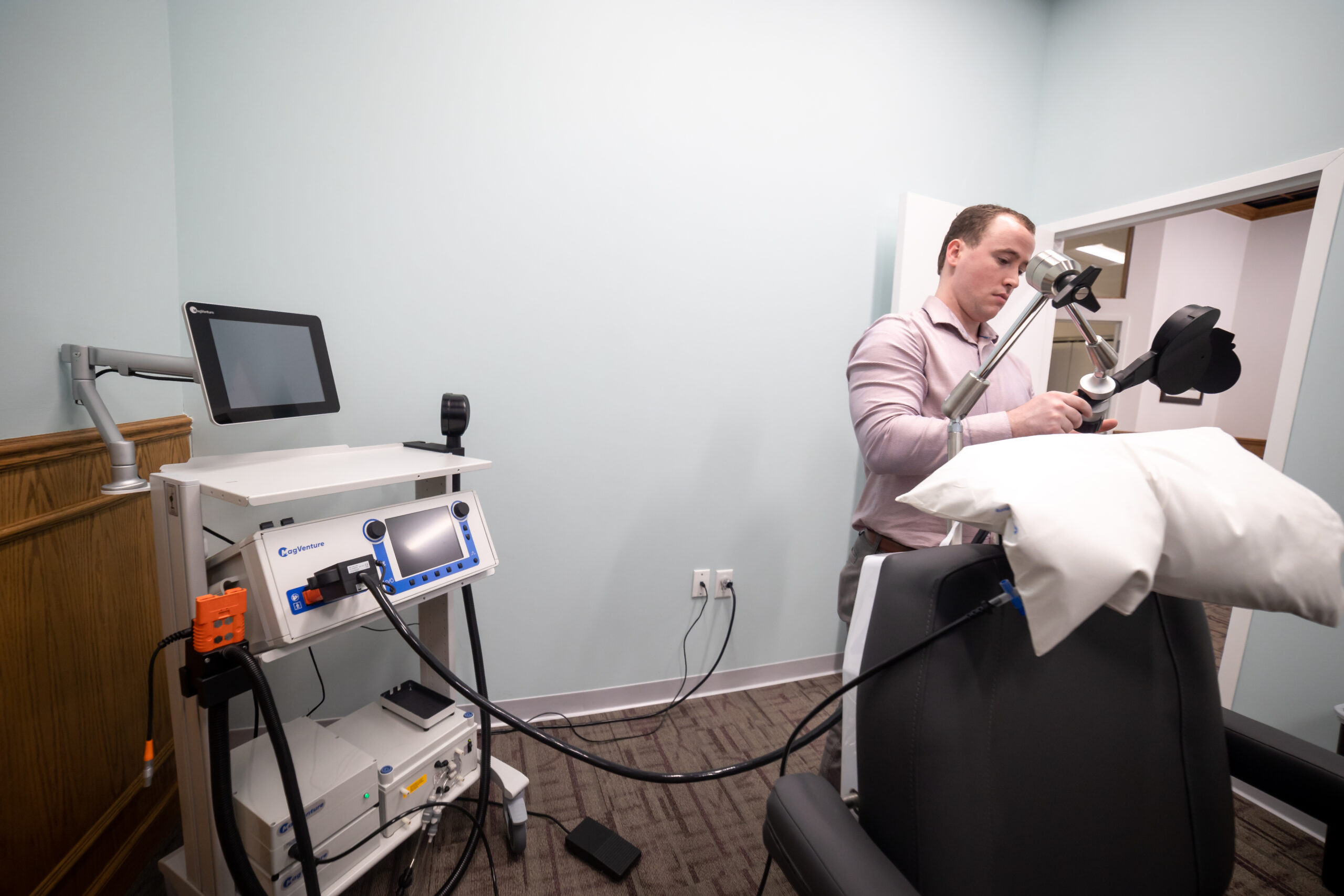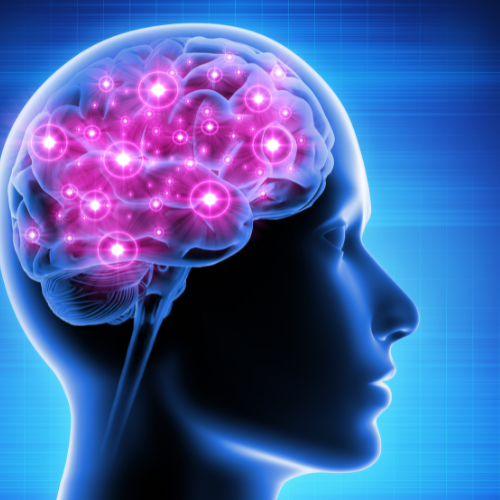The internet can be a treasure trove of information, but it can also lead to confusion and misunderstandings. One such confusion arises when people mistake Transcranial Magnetic Stimulation (TMS) therapy for Electroconvulsive Therapy (ECT). This article will demystify TMS therapy and provide reassurance to those who may be hesitant due to the confusion surrounding these two treatment methods.
What is TMS Therapy?
TMS therapy stands for Transcranial Magnetic Stimulation, a non-invasive procedure that uses magnetic fields to stimulate specific regions of the brain. It is an FDA-approved treatment for major depressive disorder and other mental health conditions such as anxiety and obsessive-compulsive disorder. Unlike ECT, TMS therapy does not involve any anesthesia, electrical shocks, or seizures.
Clarifying the Confusion: TMS vs. ECT
It’s important to address the misconception that TMS therapy is similar to ECT. While both are used to treat mental health conditions, they differ significantly in their approach and effects. Let’s take a closer look at the distinctions:
- Procedure
TMS Therapy: During a TMS session, a small magnetic coil is placed against the scalp. The coil delivers magnetic pulses that stimulate the targeted brain areas associated with depression or other conditions. The procedure is painless, non-invasive, and does not require any anesthesia.
ECT: Electroconvulsive Therapy, commonly known as ECT, involves inducing seizures through electrical currents passed through the brain under anesthesia. It is typically reserved for severe cases of depression that have not responded to other treatments.
- Side Effects
TMS Therapy: One of the advantages of TMS therapy is its minimal side effects. Some individuals may experience mild scalp discomfort or headache during or after the session, but these effects are temporary and typically subside on their own.
ECT: ECT, on the other hand, can cause memory loss and confusion immediately following the procedure. While these side effects are often temporary, they can still be a concern for some individuals.
- Treatment Duration
TMS Therapy: A typical TMS therapy regimen involves multiple sessions scheduled over several weeks. Each session can be as short as 3 minutes, allowing individuals to resume their daily activities immediately afterward.
ECT: ECT treatment usually requires a series of sessions administered two to three times per week. The entire treatment course can last several weeks, and individuals may need time to recover from the anesthesia and potential side effects after each session.
Benefits of TMS Therapy for Mental Health
Now that we’ve clarified the differences between TMS therapy and ECT, let’s delve into the benefits of TMS therapy itself. Here are some reasons why TMS therapy is gaining recognition as a promising treatment option:
- Non-Invasive and Well-Tolerated
TMS therapy offers a non-invasive alternative to other treatments for mental health conditions. The procedure does not require any sedation or anesthesia, allowing individuals to remain awake and alert throughout the session. Its well-tolerated nature makes it suitable for those who may be hesitant to undergo more invasive procedures.
- High Success Rate and Positive TMS Reviews
Numerous studies and TMS reviews have highlighted the effectiveness of TMS therapy in treating depression, anxiety, and OCD. Many individuals have reported significant improvements in their mood, reduction in symptoms, and a better overall quality of life. TMS therapy has shown particular promise in individuals who have not responded well to other treatments, offering new hope for those who have struggled to find relief.
- Targeted Treatment and Few Systemic Side Effects
Unlike medications that affect the entire body, TMS therapy directly targets specific areas of the brain associated with mood regulation. This targeted approach minimizes the risk of systemic side effects commonly associated with medication-based treatments. It also allows for personalized treatment plans tailored to each individual’s needs, enhancing the effectiveness of the therapy.
- Resume Daily Activities Immediately
One of the remarkable aspects of TMS therapy is that it does not disrupt daily activities. Unlike ECT, which often requires recovery time after each session, TMS therapy allows individuals to resume their regular routines immediately after each session. This convenience makes it easier to integrate the treatment into busy schedules without major disruptions.
- Long-lasting Results
TMS therapy has been shown to provide long-lasting results for many individuals. While the exact duration of improvement may vary from person to person, studies have indicated that the benefits of TMS therapy can extend beyond the treatment period. This means that individuals may experience ongoing relief from their symptoms even after completing the therapy sessions.
- No Short-Term Memory Issues
ECT comes with certain side effects, with short-term memory loss being one of the most commonly reported. Studies have indicated that short-term memory loss occurs in a significant percentage of patients undergoing ECT. The duration of this memory impairment can vary, with most individuals experiencing it in the immediate aftermath of treatment but gradually recovering over time. According to research, approximately 25-55% of patients may complain about short-term memory loss after receiving ECT, although the severity and duration can differ among individuals.
Seeking Professional Guidance and Reassurance
If you’ve been researching TMS therapy and are concerned about confusing it with ECT, it’s essential to seek professional guidance. Consult with a qualified mental health professional who can provide accurate information, address your concerns, and guide you through the process. They can explain the differences between the two treatments and help you make an informed decision about whether TMS therapy is suitable for you.
Additionally, reading TMS reviews from individuals who have undergone the therapy can offer valuable insights and reassurance. Many people share their personal experiences online, providing firsthand accounts of the procedure, its effectiveness, and any side effects they may have encountered. These reviews can help dispel any confusion or misconceptions and provide a clearer understanding of what to expect from TMS therapy.
TMS therapy is a non-invasive and promising treatment option for individuals struggling with mental health conditions such as depression, anxiety, and OCD. It is important to distinguish TMS therapy from ECT and understand the significant differences between the two treatments. TMS therapy offers targeted treatment, minimal side effects, and the ability to resume daily activities immediately. Its high success rate and positive TMS reviews highlight its effectiveness and potential for long-lasting results.





